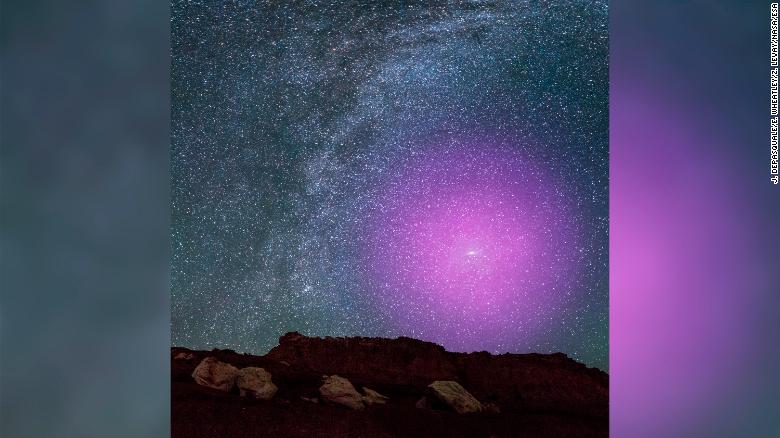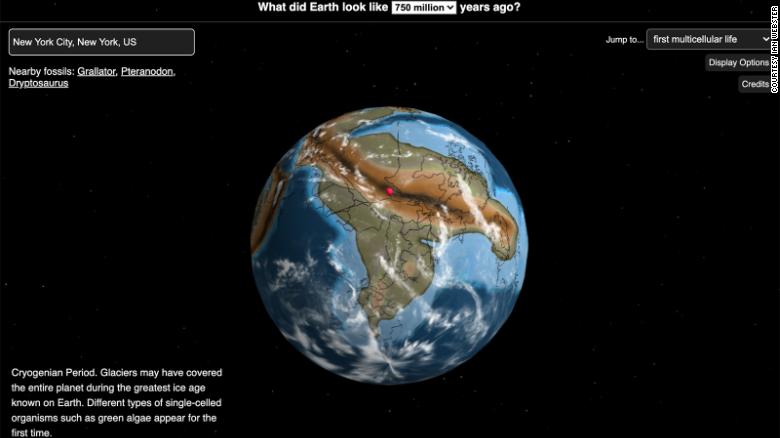When I first posted about "Connected" I hadn't yet watched the episode about Benford's law.


I don't really know what to do with myself; that's some straight up sorcery.
Gassho
Kyoshin
Satlah



I don't really know what to do with myself; that's some straight up sorcery.
Gassho
Kyoshin
Satlah















Comment